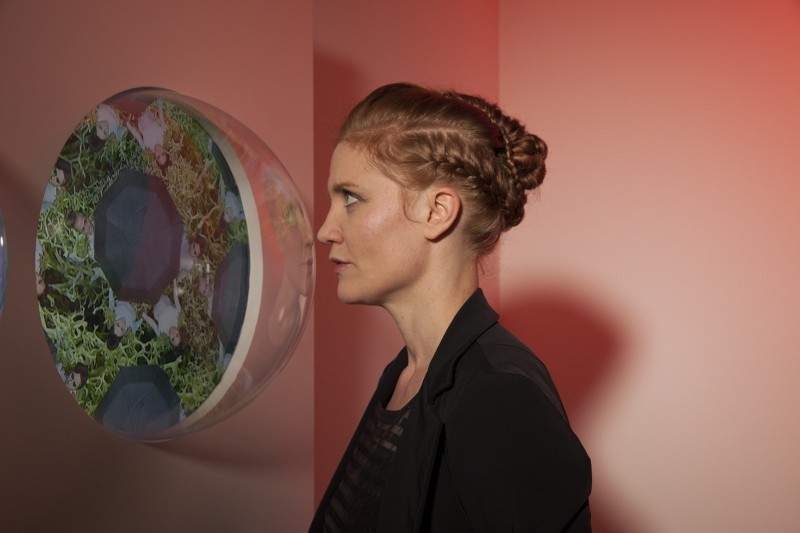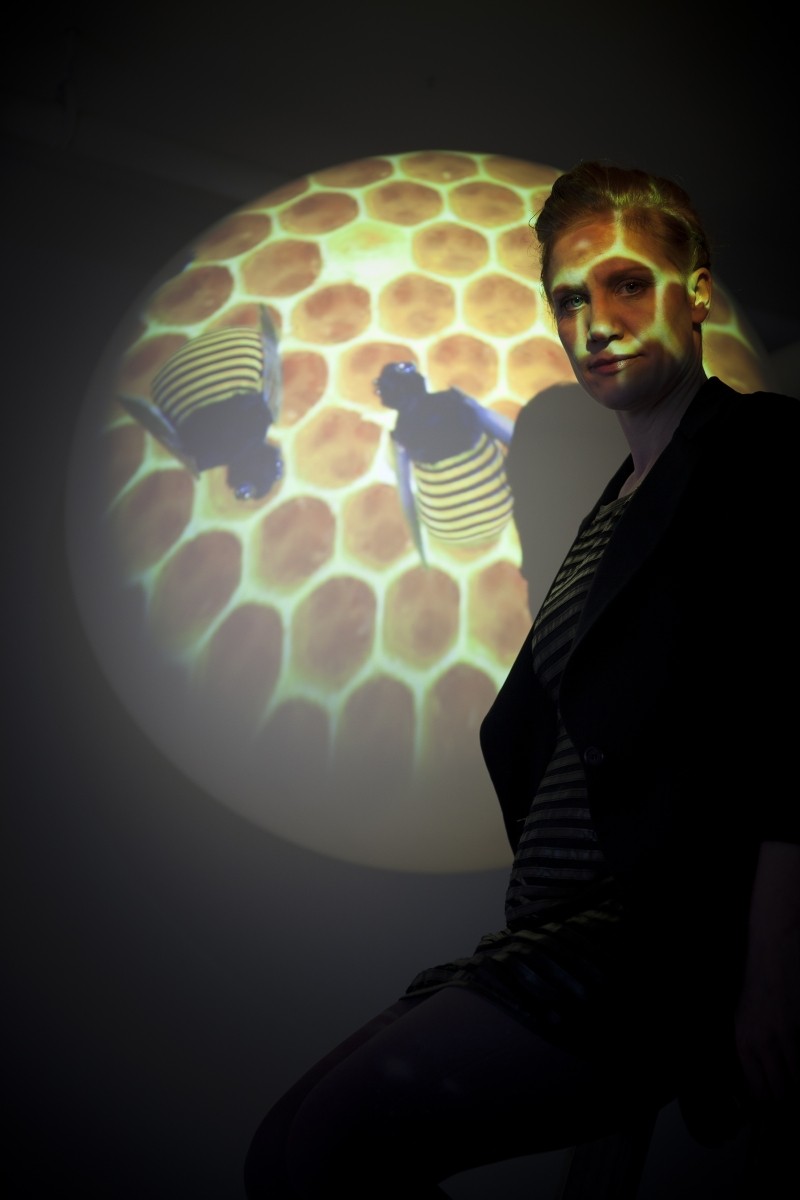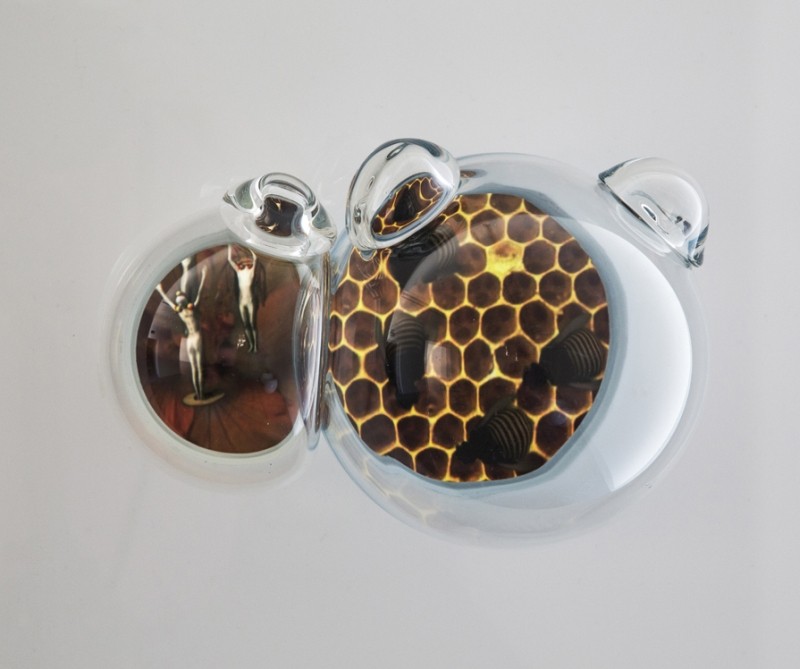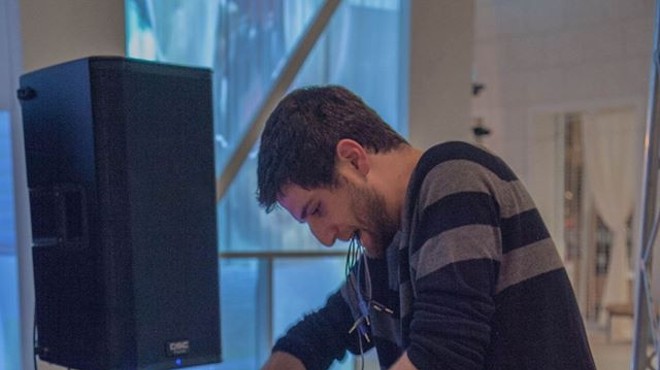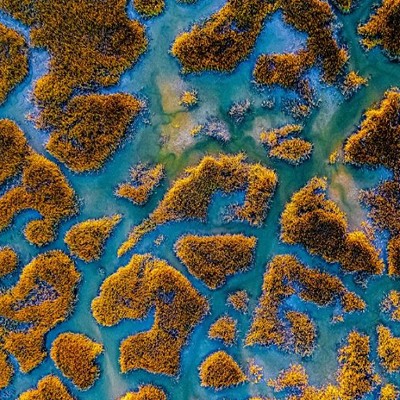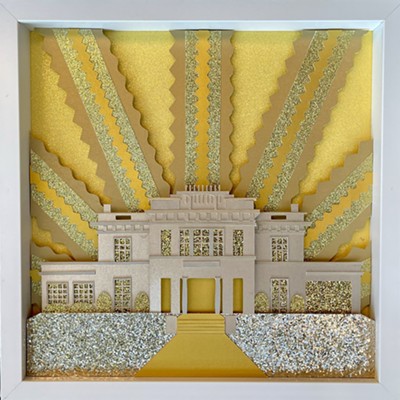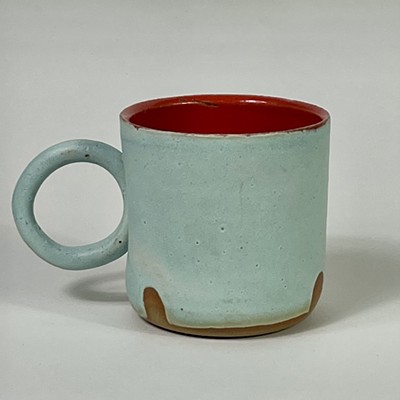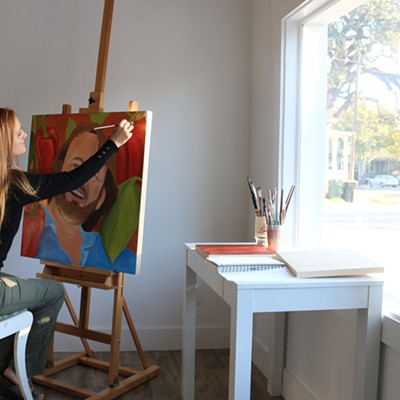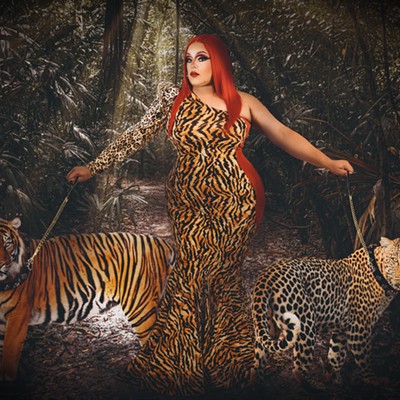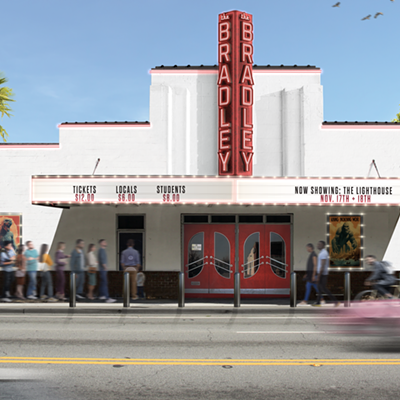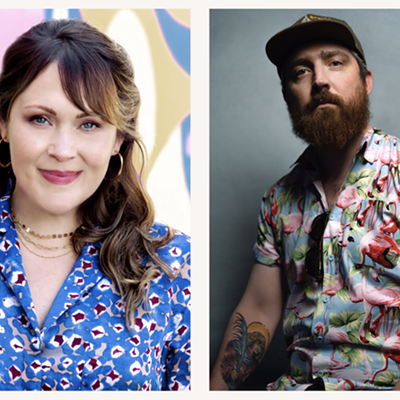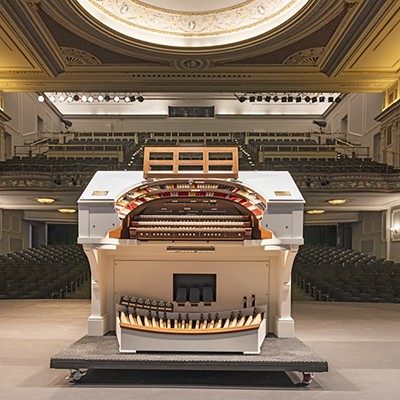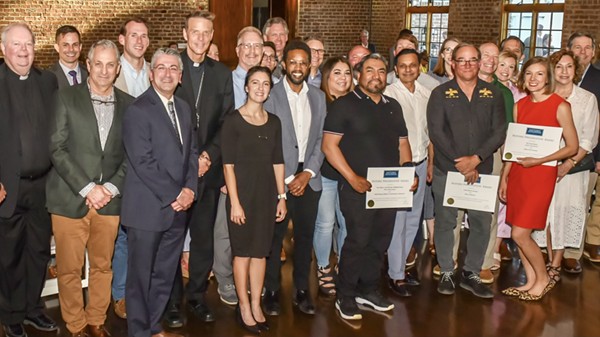PULSE Art + Technology Festival kicks off with a lecture by New York-based Swiss artist Katja Loher. Her Beeplanet offers a unique kind of interaction with art, as viewers must look into beautiful, hand-blown glass orbs to watch her environmentally-conscious videos. A reception, with a DJ and cash bar, will follow Loher's lecture. We chatted with her about her process and speaking out for the very real threat to the bee population through art.
What was your process like for Beeplanet?
Katja Loher: I start with the idea – usually a question – and then I let it become its own creature. My choreographed videos are inspired by nature and its self-organizing systems whose essential features are harmony and symbiosis.
Beeplanet urges my viewers to shrink down to the level of insects, not only to empathize with these tiny but monumentally important creatures, which are vanishing at an alarming rate, but also to better comprehend the disastrous situation in which we’ve placed ourselves.
The creations require complex collaborative efforts, there are many steps and media involved in the process of my creations. I do my best to be involved for each one – from the concept to the costume-making, then to the actual shooting, which involves choreography and dance and there is a long post-production process following, with audio and video editing, as well as sculpting and glassblowing.
Tell me about the idea of the portal and the orb – the contained glimpse in. Do you consider it an isolated or a magnified view for the person peering in?
The bubbles, spheres and hemispheres draw the viewer enter into my Miniverses and reveal these microcosmic worlds in a complete and magical way.
Beauty is omnipresent in my works, as the essence of life-sustaining processes supporting our planet. Peering into the glass sculptures is like having a conversation with oneself. This intimate experience nevertheless resonates globally, addressing ecological urgencies like the disappearance of the bee population.
How do you think the physicality of seeing this in a contained sphere influences and engages the viewer?
With my video-sculptures, I try to free video from technology, because I see art as a language and technology is only something elementary.
The medium video-sculpture allows me to tell stories inside object and make them alive. Every time we look at the piece we discover another movement and composition from our chosen viewing angle.
Through my work I want to stimulate dreams, experimentation and humor, and reveal perspectives that we all too often lack in everyday life.
What drew you to bees initially?
Well, besides being the most important pollinator – and we only have 50 percent of the normal population of bees left on the planet – I’m fascinated with bees because they communicate by dancing; and of course, the language used in my videos is dance.
Beeplanet offers a glimpse into the extraordinary language developed by honeybees to communicate distance, direction and quality of flowers by dancing. The group of movements that resembles a figure eight is known as the waggle dance.
This mode of communication has been threatened by industrial food production and its use of pesticides. During the dance, the dancers clad in bee costumes are losing their wings and look increasingly more human. This transformation refers to the CCD, Colony Collapse Disorder, a phenomenon that led to the world-wide disappearance of worker bees.
The dance celebrates its beauty and intricate complexity all the while addressing its vulnerability to current agricultural practices and their use of pesticides controlled by the Pharma industry.
Do you consider your work a form of activism?
I wouldn’t call it activism. I call it BANG BANG movement. I believe in small changes every day, where ever we are and whatever we do. I believe in the Miniverse, which has the potential to become a parallel universe.
No matter how daunting the situation may be, we must continue to express these concerns as individuals. We all have to do our best to live in harmony with our environment. I hope to remind people that even the smallest creatures can make the greatest impact. It’s all inter-connected: the Butterfly-effect.

